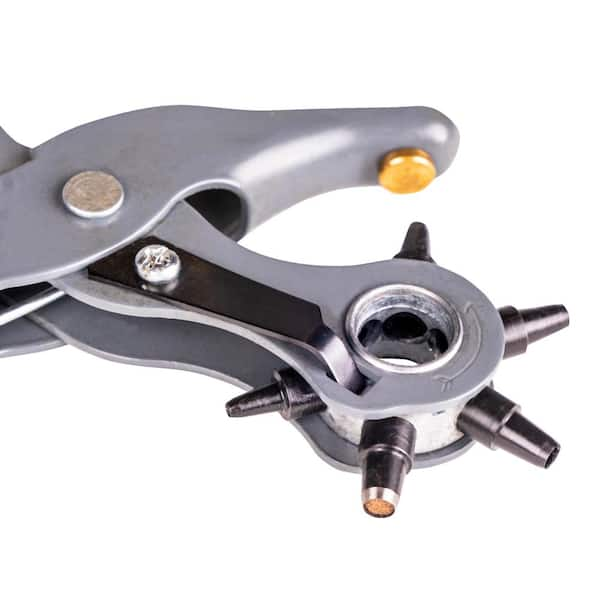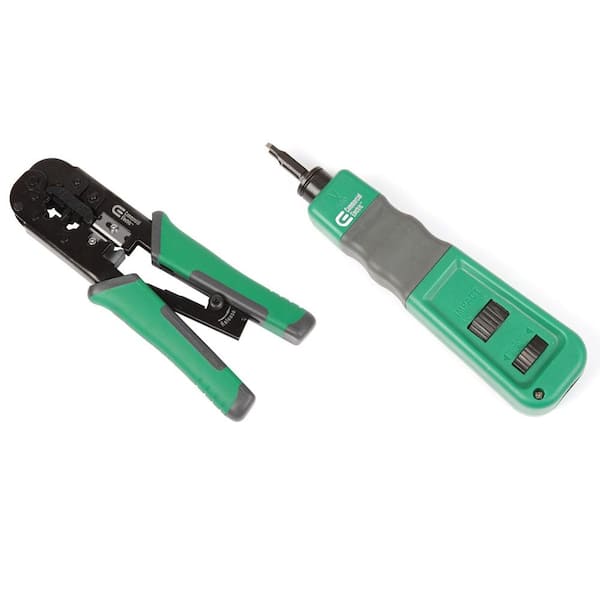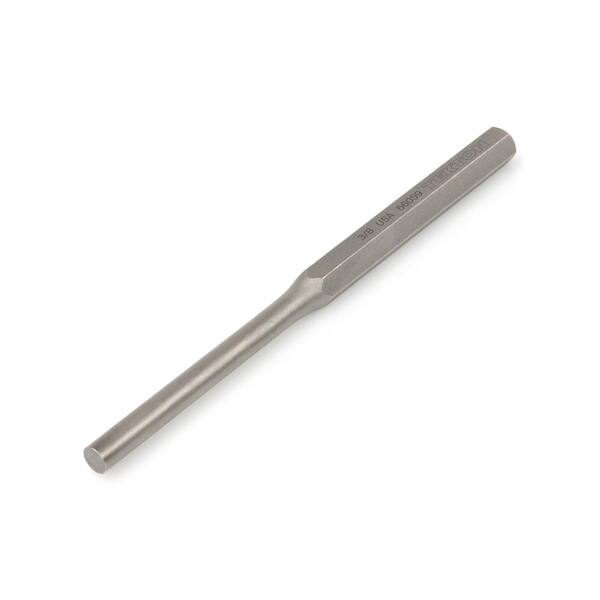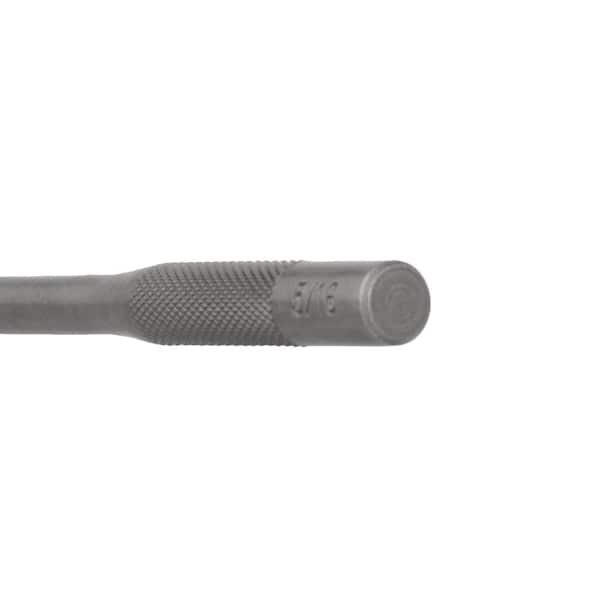

This creates a hole in the leather and a small leather circular piece that used to fill what is now the hole.Īs more holes are punched, the circular pieces begin to push up through the cylinder and out of the opening near the cylinder end. The force generated but the hit drives the cutting end through the leather. The other end of drive punches is solid steel.Ī round drive punch is set onto the leather it will cut, then hit or “driven” with a hammer, mallet, or maul. There is usually an opening in the cylinder near the cutting end. The cutting end is made of a sharpened edge around a hollow metal tip. Round drive punches are thin, cylindrical steel tools used to cut holes in leather. Round star end punches come in a variety of sizes so the proper one can be selected based on the project’s needs. The resulting shape is both functional and aesthetically pleasing. The result is cut that gradually tapers in from the edges and comes to a soft point at the end. They work by placing the punch over the end of the leather material that is to be cut, then striking the punch with a mallet, hammer, or maul. Here’s the round strap end punch in action:Įnglish point strap end punches are used for cutting the ends of straps and belts.

Leather round strap end punches are used for cutting the rounded ends of straps and belts. Leather punches come in a variety of shapes, sizes, and configurations to serve needs across many styles of leather projects. It is also important to maintain the blades well, as a sharp blade will produce superior punching results. Leather punches come in a very wide variety of shapes and sizes for many different uses. The result is a, smooth, clean hole punched into the leather. The softer nylon surface protects the punch blade from damage, and the granite absorbs much of the force. The force of the strike pushes the punch through the material. Then, a mallet, hammer, or maul is used to strike the top of the punch. The punch lined up and rested on the leather where it will make the hole. A piece of leather to be punched is placed on a nylon surface, on top of a hard, sturdy surface (such as granite). High-quality wool is elastic and durable, which makes it great for high-traffic areas.Punches need to be strong as they are used by pounding them with force. Wool is completely natural, super soft, flame-resistant, and great at hiding dirt. Wool: Wool is the most commonly used natural carpet material, with many alluring qualities that make it so popular. Olefin is a good option for low-traffic areas, as it is less resilient than other materials.

Olefin: Olefin, also known as polypropylene, is made through a process in which the color is actually built into the fibers, making it fully resistant to fading or discoloration.

If you choose polyester carpeting, opt for a well-constructed option, with a higher weight and density to ensure that it holds up over time. Polyester: Polyester is extremely stain- and fade-resistant and less expensive than other synthetic carpet types. Acrylic, however, is less durable than wool and can become fuzzy over time due to wear and tear. Acrylic is stain-resistant and easy to clean, fade-resistant, and water-repellent. The flexibility of nylon allows the material to be used in a variety of different carpet patterns and styles, from ultra-plush to dense and tightly packed.Īcrylic: Acrylic was originally used as a wool substitute, giving you the look of wool for a lower cost. Nylon: Nylon is the most popular synthetic carpet material due to its durability and versatility.


 0 kommentar(er)
0 kommentar(er)
